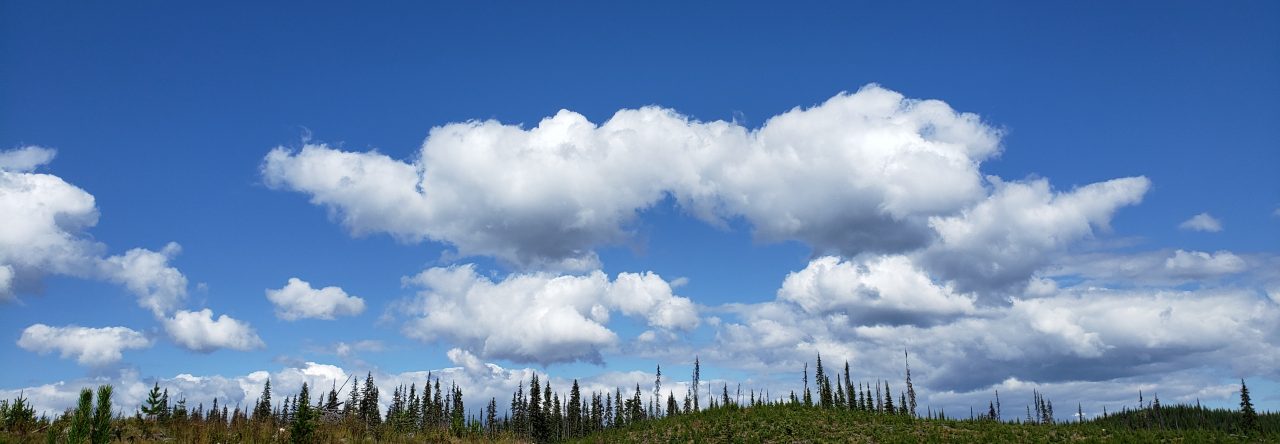(Originally published as a column in the AM News on Friday, May 2, 2014)
The garden is coming along nicely. From green onions to radishes, carrots, peas and the lettuce mix disrupting the pattern of bright green with unexpected burgundy, our back yard is laced with goodness.
More to come. Back yard goodness, and weeds also. That means weeding. Again and again, until that first frost in the fall when it’ll all come to a well-deserved rest.
There will be plenty of clean food to eat yet we supplement, as we always do in summer, from the farmer’s market, sourcing for chemical-free crops as much as we can.
Clean food is something to be immensely grateful for. More so when, growing it ourselves, we become aware of the hard work behind it.
A recent Australian study showed that in just seven days of eating mostly organic, pesticide levels in people’s bodies dropped by 90 per cent.
This kind of science is not earth-shattering in the novelty category.
We know eating clean is good. While a couple of studies showed that organic produce is not necessarily superior nutritionally when compared to conventional crops (that is still a matter of debate,) the chemical load that the latter comes with cannot be denied.
It is well known that some crops are more sprayed than others, and some pesticides can wreak havoc with human health, especially when it comes to children.
 There have been studies showing correlations between neurodevelopmental impairments in children and pesticide use; this pertains cosmetic use as well as agricultural.
There have been studies showing correlations between neurodevelopmental impairments in children and pesticide use; this pertains cosmetic use as well as agricultural.
The move towards cleaner produce, which translates into a cleaner environment and a lesser impact on human health, is an actively growing one.
Organic crops can be finicky in how they develop and their vulnerability to the elements, plus their increased demand for the tedious repetitive work, such as the above mentioned weeding.
For these reasons and more, organic produce costs more, yet perhaps not much more when one keeps to seasonal local produce.
Many say that you cannot feed the world unless you bring in conventionally-grown crops that rely on chemicals for growth and pest control, or genetically modified crops with that address the needs of the billions of us inhabiting the planet.
Most of conventionally-grown produce is undebatedly, cheaper than organic produce.
Yet, in many ways, it is, and continues to become more expensive. If we add the impact on human health and the environment, and the fact that cheap food encourages waste, the price spikes to new highs.
A comprehensive pesticide use survey done in California revealed that many children go to schools located near farm fields with intensive pesticide use, and are, as a result, exposed to high amounts of chemicals, some which have been already shown to be toxic and some already banned in other parts of the world.
The Canadian Association of the Physicians for the Environment (www.cape.ca) adds a strong voice to the issue.
The neurobehavioral effects of pesticide use on children are subtle in many cases but also pervasive. Behavioral problems, attention/hyperactivity issues, learning disabilities observed in more children every year, the result of chemical exposure before birth or during the first years of life. Pesticides are one of the said chemicals.
Children are, by default, vulnerable, due to their developing bodies. It is not a matter of whether they’ll be affected but how much.
A landmark study of Mexican children growing in a valley where pesticides are heavily used supports the concern. These children showed decreased stamina, impaired gross and fine motor skills, memory and drawing ability, when compared to their same age, less exposed peers.
While may say ‘Well that does not happen in all farm areas’ and they may be right, there are a few thought-provoking aspects of such studies.
As we know, much of the colorful, out-of-season produce found in grocery stores in North America comes from places such as the Yaqui Valley of northwestern Mexico where the pesticide study was done.
If there is demand, the offer will be created. A demand for blemish-free, out-of-season food creates an unwanted series of events that end up affecting people’s health. Theirs and ours.
Conflicts of interests are never fun to solve, but we ought to when children’s health, and human health is general, are at risk.
It comes down to the silly yet relevant ‘How do you eat an elephant?’ and the cheeky answer: ‘One bite at a time.’ Perhaps that’s the way the pesticide issue should be addressed as well, starting with our community.
Decreasing the amount of pesticides children are exposed to has to be addressed. From purely cosmetic use, such as lawn maintenance, which is another source of exposure for children and pets alike, to agricultural use.
Encouraging community gardening, supporting local farmers – we are blessed with many – through the farmer’s market and, ultimately, creating the link between needs and abundant, seasonal produce that can become a source of good nutrition for those with limited resources are but a few ways to reduce exposure even further.
There is no shortage of creativity and good intentions when it comes to food and keeping a community healthy. As they say, when there is a will, there is a way…














